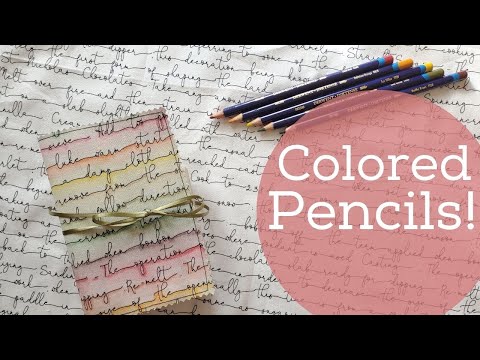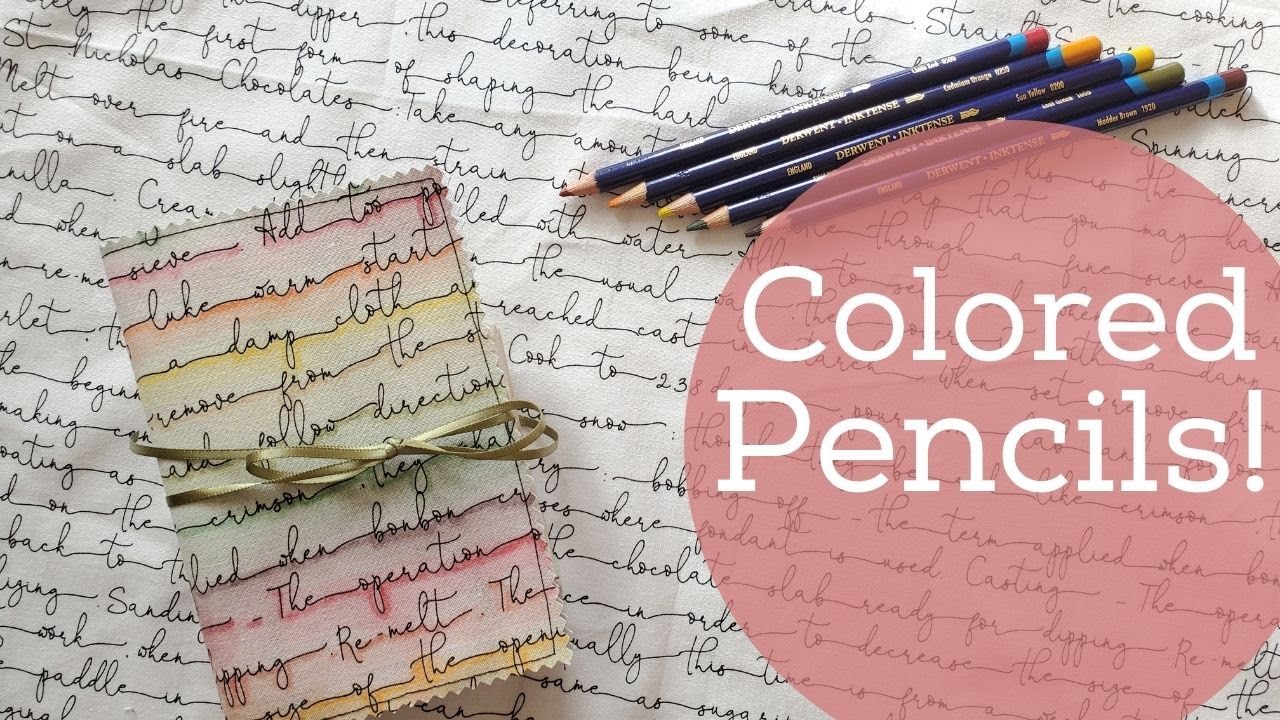Colored fabric is a captivating and vibrant textile that will ignite your imagination and elevate your style. With an extensive range of hues and shades, this fabric offers a kaleidoscope of possibilities for your creative projects. Its rich and bold colors are designed to make a statement, adding a touch of personality and flair to any garment or interior decor. From deep, lustrous blues to fiery red-hot shades, this fabric allows you to express yourself with confidence and individuality.
Not only does this fabric boast an impressive color palette, but it also possesses remarkable quality. Crafted from superior materials, it ensures durability and longevity, making it ideal for all your sewing and crafting endeavors. Whether you’re designing a standout dress for a special occasion or adding a pop of color to your home decor, this fabric will meet and exceed your expectations.
The versatility of this colored fabric knows no bounds. Its soft and luxurious texture adds an element of sophistication to any project, while its eye-catching patterns can spark inspiration and bring your ideas to life. Whether you’re a seasoned designer or a creative enthusiast, this fabric will awaken your senses and ignite your passion for all things colorful and beautiful.
Experience the world of boundless creativity with colored fabric. Let your imagination run wild as you explore the endless possibilities this remarkable textile has to offer. Elevate your style, express your individuality, and indulge in the joy of bringing colorful dreams to life with this exceptional fabric.

The Importance of Colored Fabric in Fashion
Fabric is a vital component of the fashion industry, and its color plays a significant role in determining the appeal and aesthetic of a garment. Colored fabric is the foundation on which designers build their creations, and it has the power to evoke emotions, convey messages, and create memorable fashion moments. In this article, we will explore the importance of colored fabric in fashion and its impact on the industry.
The Psychology of Color
Color has a profound psychological impact on individuals, and fashion designers leverage this knowledge to create garments that elicit specific emotions or moods. Color psychology is the study of how colors affect human behavior and emotions. For example, red is often associated with passion and energy, while blue evokes calmness and tranquility.
When choosing colored fabric for their designs, fashion designers carefully consider the desired effect they want to achieve. The color of a garment can influence how it is perceived by others, and designers strategically use color to enhance the message they want to convey through their creations.
Color Trends in Fashion
Color trends in fashion change seasonally, with each year bringing a fresh palette of hues that dominate the runway. Designers and trend forecasters closely monitor color trends, as they heavily influence consumer preferences and purchasing decisions.
Color forecasting agencies, such as the Pantone Color Institute, analyze various factors like societal influences, cultural shifts, and global events to predict the colors that will dominate the fashion industry in a particular year. This information guides designers in selecting colored fabrics that align with the current trends and cater to the market demand.
Color trends not only affect the choice of fabric color but also impact the overall design aesthetic. For instance, if pastel shades are deemed trendy, designers may opt for softer, lighter fabrics to complement the chosen color palette.
Branding and Color
Color plays a crucial role in branding for fashion designers and clothing companies. Brand identity is often associated with specific colors, making them instantly recognizable and memorable. Think of the iconic Tiffany blue or the vibrant red of Coca-Cola.
When choosing colored fabric for their collections, designers consider their brand’s identity and the message they want to convey. By incorporating their brand’s signature color into their garments, designers create a cohesive and identifiable collection that resonates with their target audience.
Moreover, colored fabric can also be used strategically to differentiate a brand from its competitors. Choosing unique or unexpected colors can help a fashion label stand out in a crowded market, attracting attention and making a lasting impression.
Color in Cultural Context
Colors hold different cultural significances around the world, and incorporating these cultural connotations into fashion design adds depth and meaning to garments. Cultural color symbolism varies from one region to another, and colors can carry specific messages or traditions.
For example, in Western cultures, white is often associated with purity and weddings, while in some Eastern cultures, white is associated with mourning. In India, red is traditionally worn by brides, symbolizing prosperity and fertility. By understanding and respecting these cultural meanings, designers can create garments that resonate with specific target markets or pay homage to a particular culture.
Sustainable Dyeing Methods
As the fashion industry becomes increasingly aware of its environmental impact, sustainable dyeing methods are gaining traction. Sustainable dyeing involves using natural or eco-friendly dyes that minimize harm to the environment and human health.
Conventional dyeing processes often involve the use of toxic chemicals and large amounts of water. Sustainable dyeing methods, on the other hand, utilize plant-based dyes, organic pigments, and innovative techniques that reduce water consumption and pollution.
By opting for colored fabrics created through sustainable dyeing methods, fashion designers contribute to the industry’s efforts to become more environmentally conscious and responsible.
Conclusion
Colored fabric is an essential element in fashion, with its significance extending beyond mere aesthetics. It has the power to evoke emotions, communicate messages, shape brand identities, and honor cultural traditions. By understanding the psychology of color, staying updated on color trends, and embracing sustainable dyeing methods, fashion designers can harness the power of colored fabric to create impactful and meaningful garments that resonate with consumers.
Revamping Fabric with Inktense Pencils: Shortening the Colored Pencil
Colored Fabric
Colored Fabric
| Fabric Type | Color | Composition | Usage |
|---|---|---|---|
| Satin | Red | 100% polyester | Satin fabric in vibrant red color adds an elegant touch to evening gowns, bridal wear, and luxurious home decor. |
| Denim | Blue | 98% cotton, 2% elastane | The classic blue denim fabric is perfect for creating durable jeans, jackets, and skirts, offering both comfort and style. |
| Chiffon | Pink | 100% polyester | Soft and delicate, pink chiffon fabric is often used in feminine dresses, scarves, and curtains, adding a touch of romance to any project. |
| Velvet | Purple | 100% polyester | With its plush texture and rich purple color, velvet fabric is highly sought after for creating luxurious evening wear, upholstery, and draperies. |
| Cotton | Green | 100% cotton | Green cotton fabric is versatile and widely used for making shirts, dresses, and household items, offering breathability and a natural aesthetic. |
As an expert in colored fabric, it is essential to consider the variety of fabric types and their unique traits. Satin, with its vibrant red hue, is a popular choice for creating sophisticated evening gowns and luxurious home decor. The 100% polyester composition ensures a smooth and lustrous finish.
Denim, known for its timeless appeal, dominates the fashion world in various shades of blue. Composed of 98% cotton and 2% elastane, it offers both durability and flexibility, making it perfect for crafting comfortable jeans, jackets, and skirts.
For a softer and more delicate touch, pink chiffon fabric is a top choice. Made entirely from polyester, this fabric is often used in creating feminine dresses, scarves, and curtains, adding a touch of romance to any project.
Velvet, with its plush texture and regal appearance, is highly sought after in the world of fashion and home decor. The deep purple color of velvet fabric creates an air of opulence, making it perfect for crafting luxurious evening wear, upholstery, and draperies.
Lastly, green cotton fabric offers both versatility and sustainability. 100% cotton composition ensures breathability and comfort, making it an ideal choice for creating shirts, dresses, and various household items. The natural aesthetic of green cotton adds a fresh and vibrant touch to any design.
In conclusion, the world of colored fabric offers an endless array of options, each with its own unique characteristics and applications. Whether it’s satin, denim, chiffon, velvet, or cotton, these fabrics provide countless opportunities for creative expression and design excellence.

